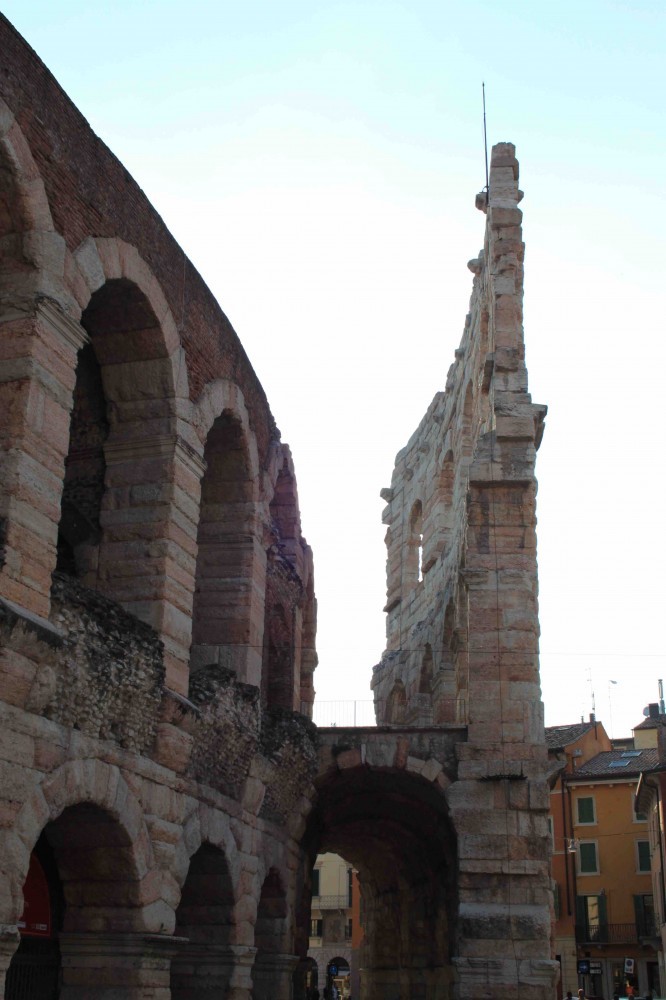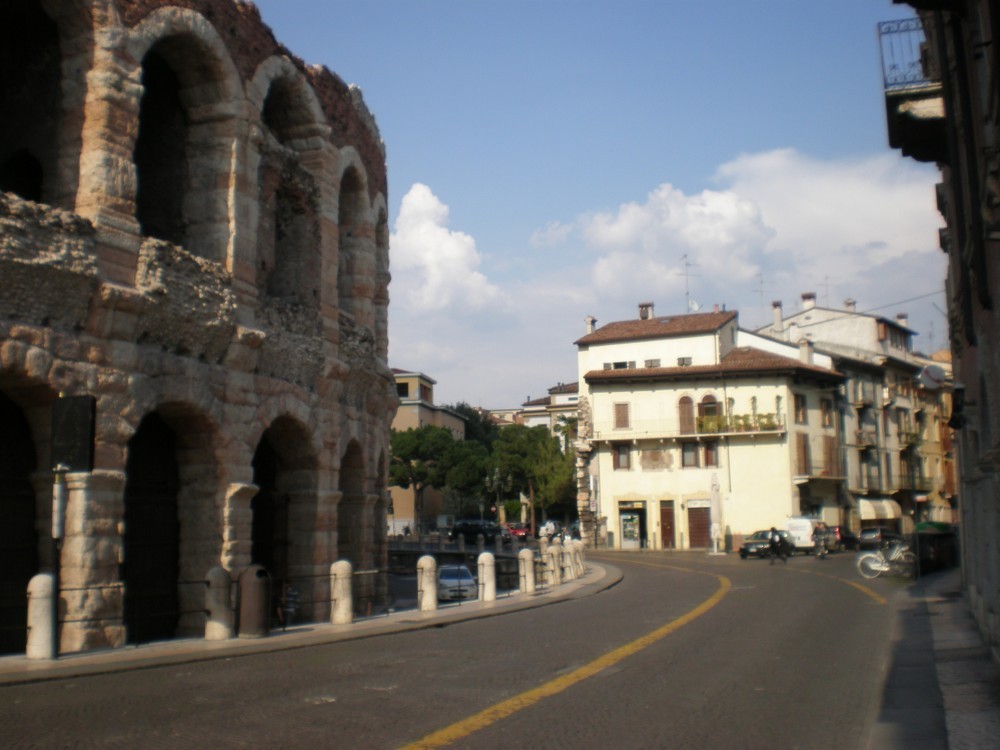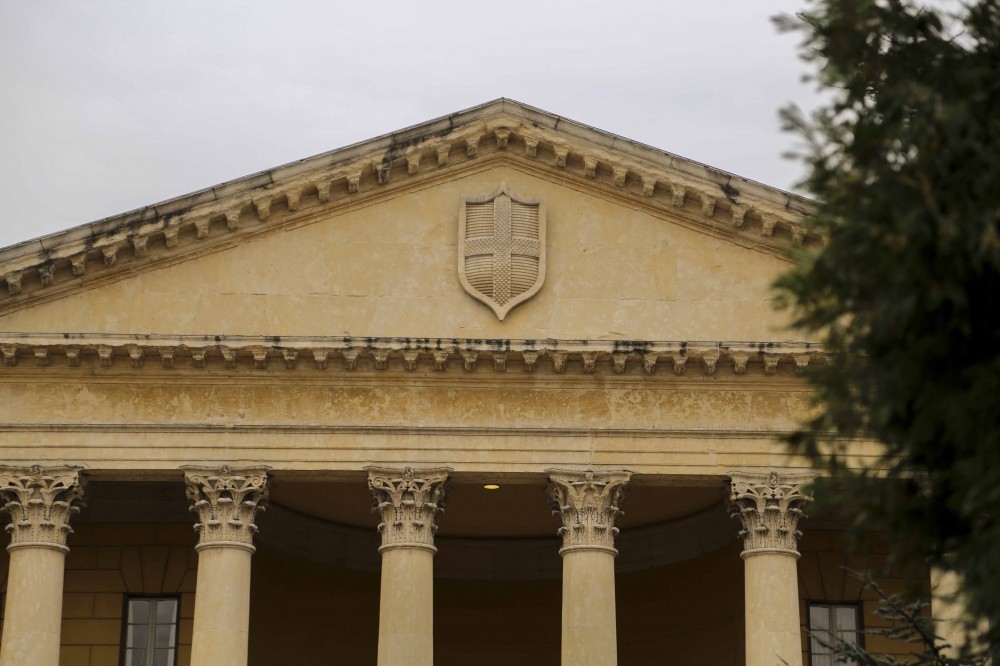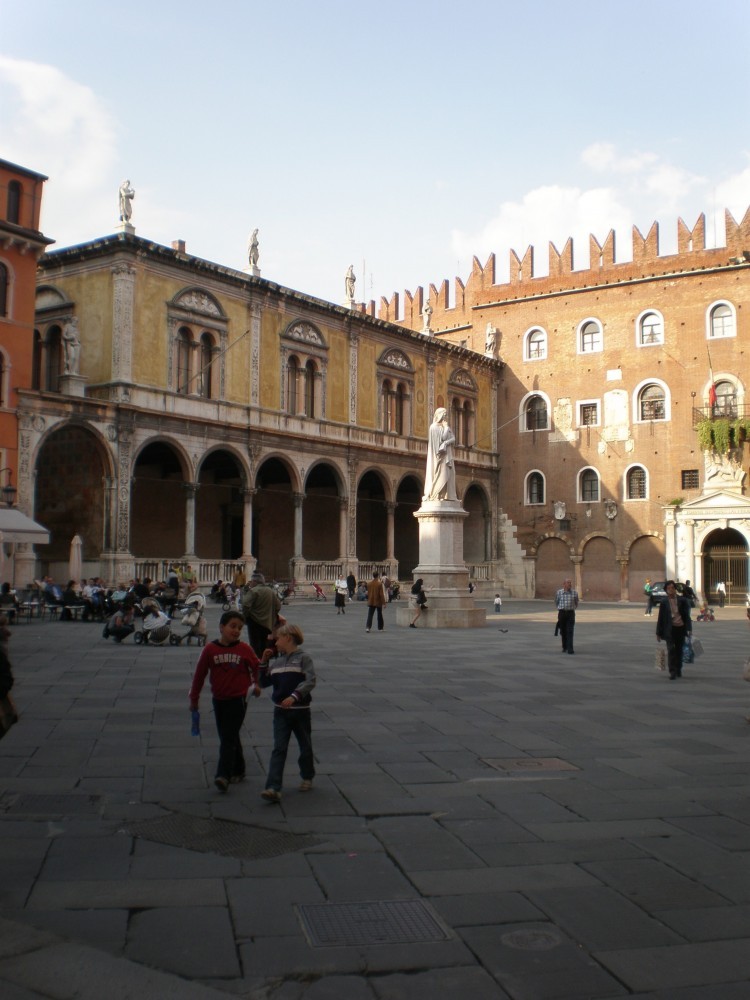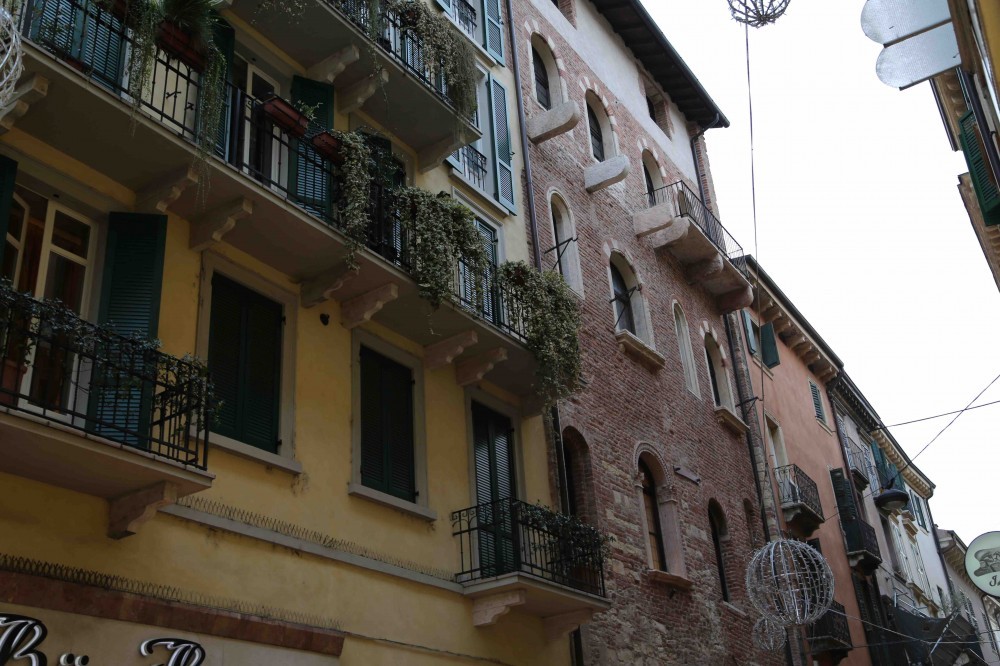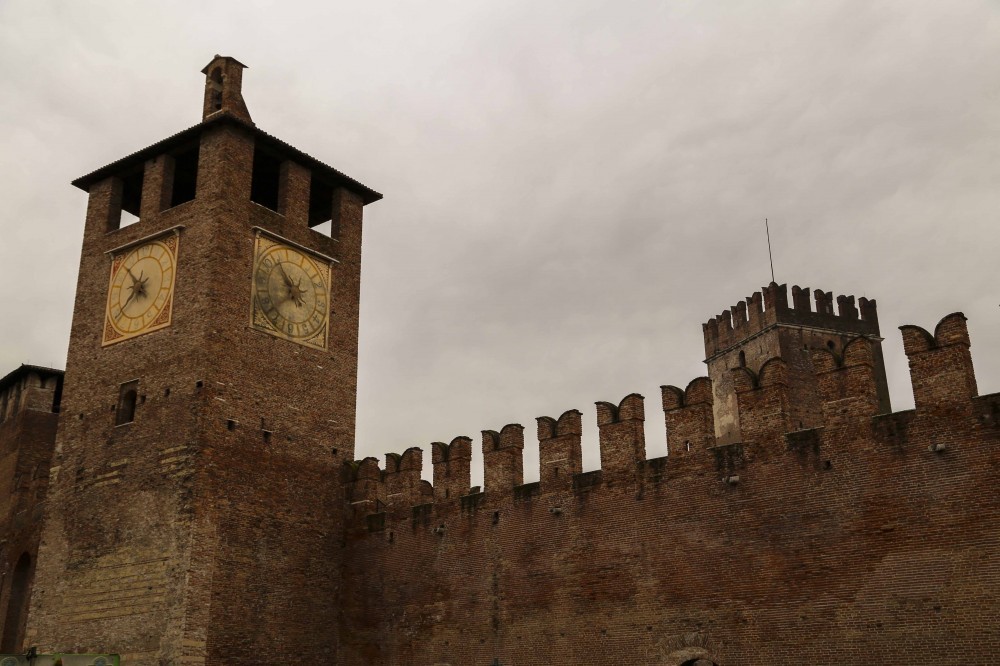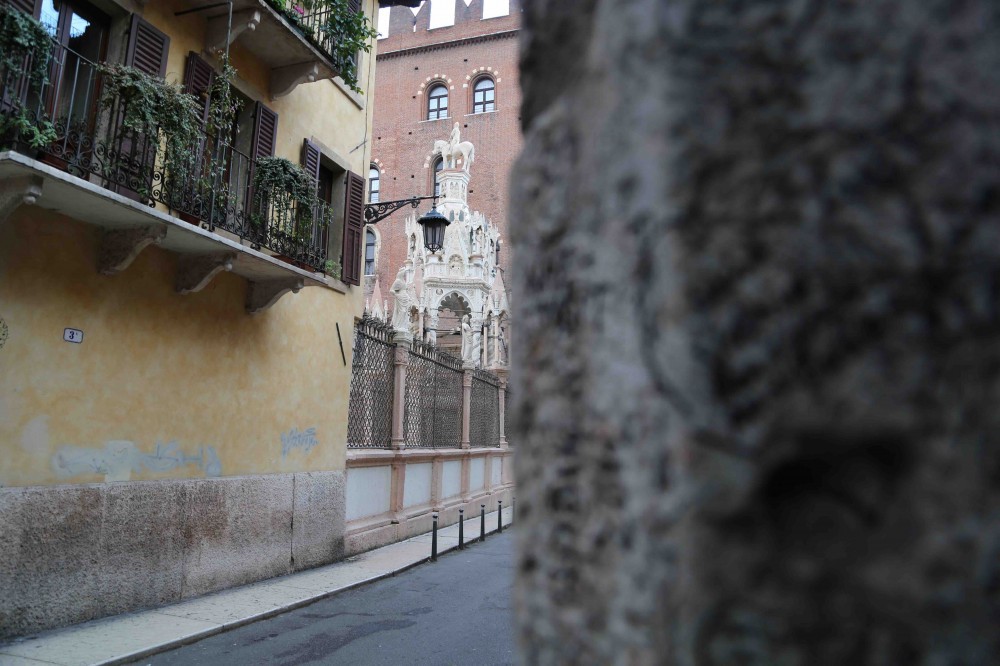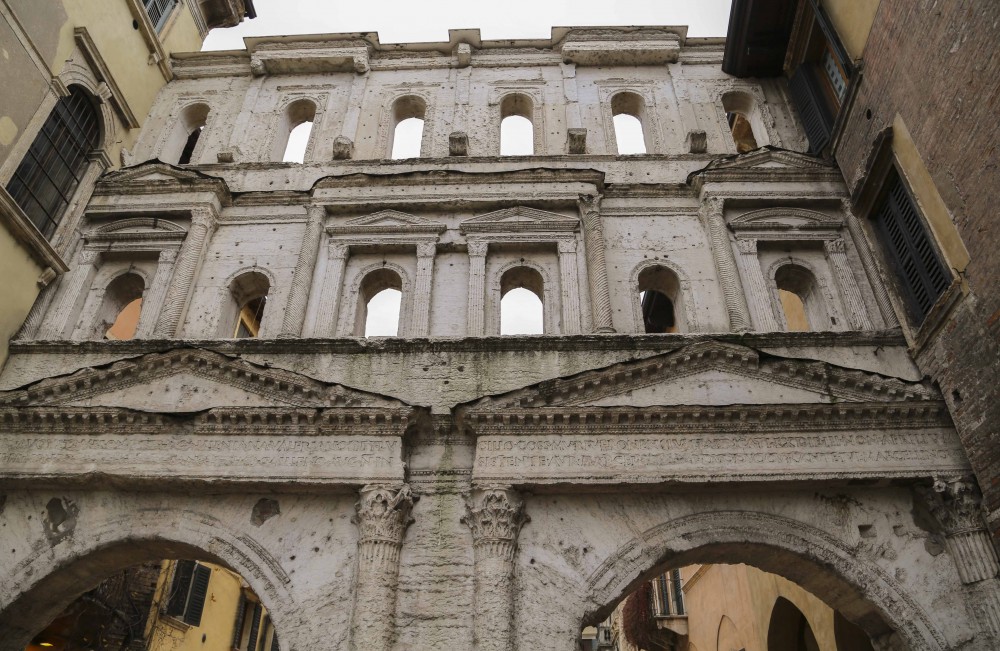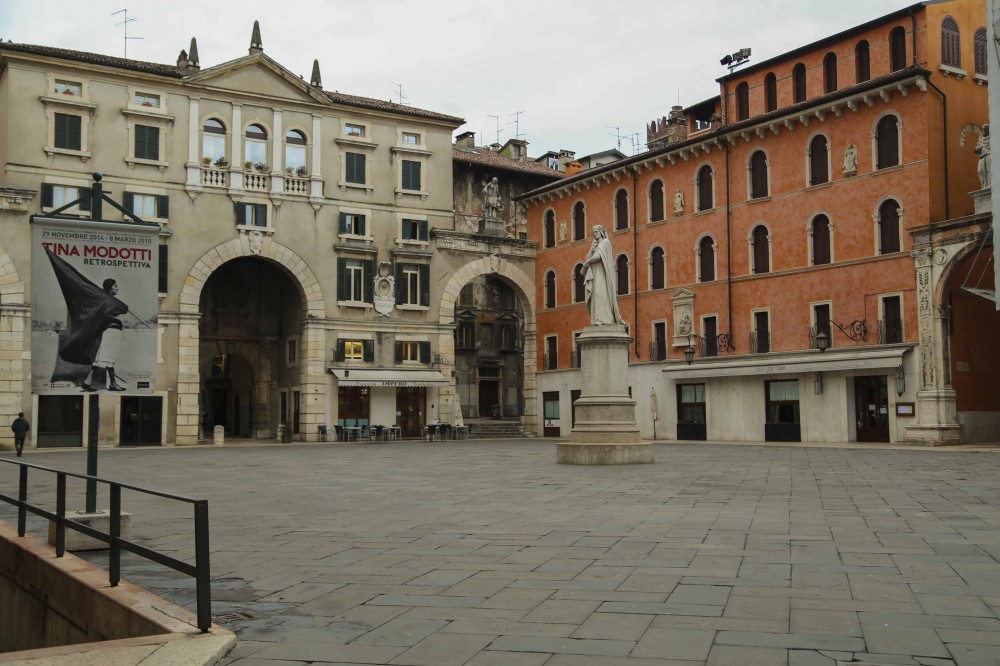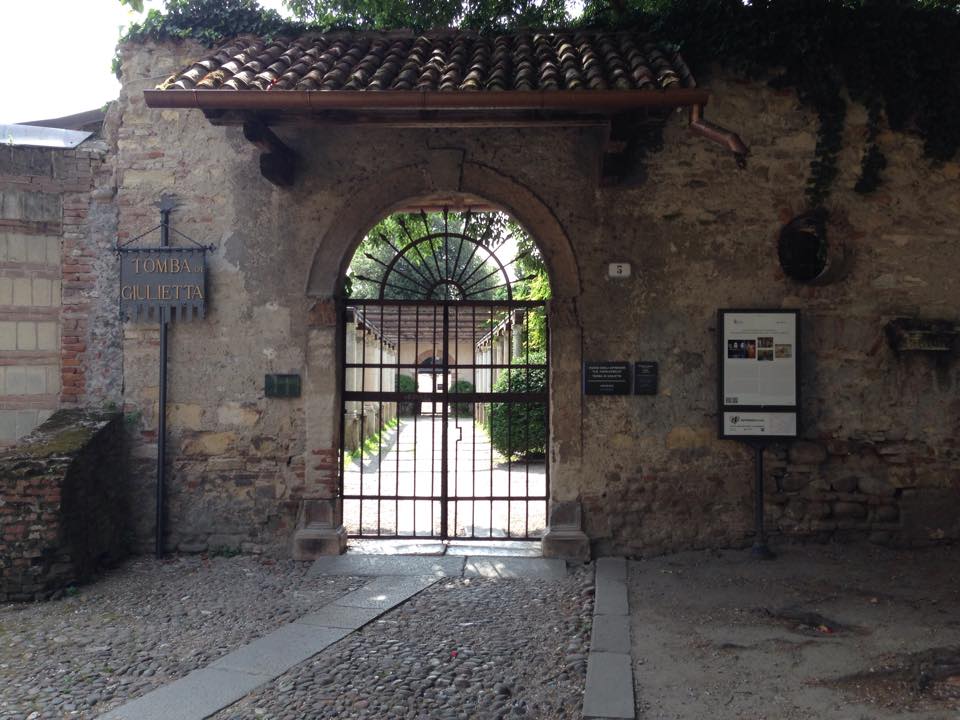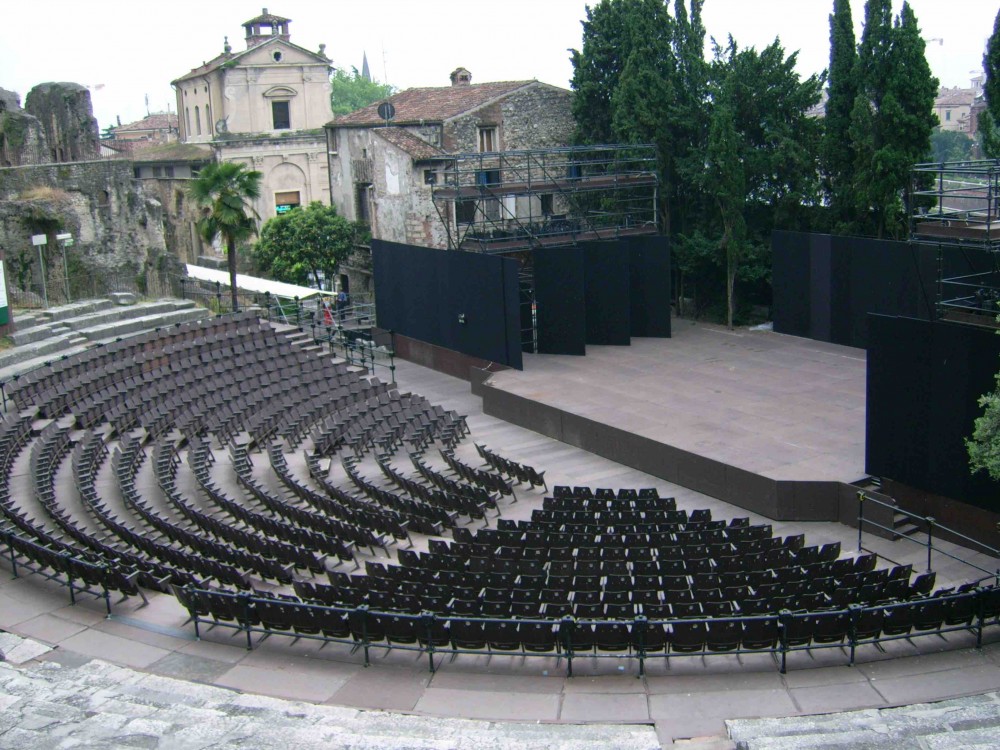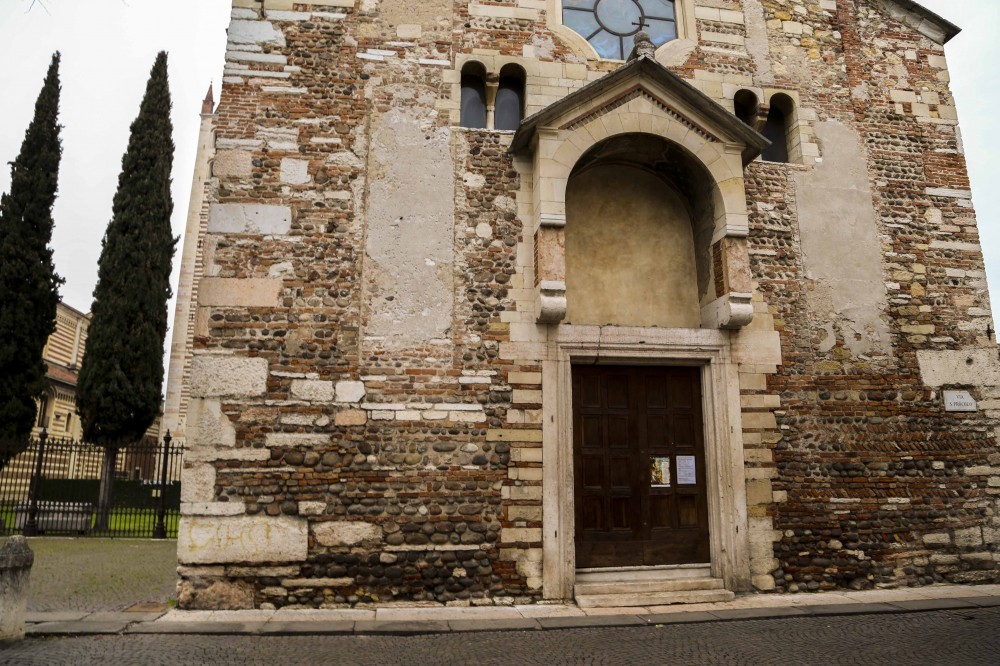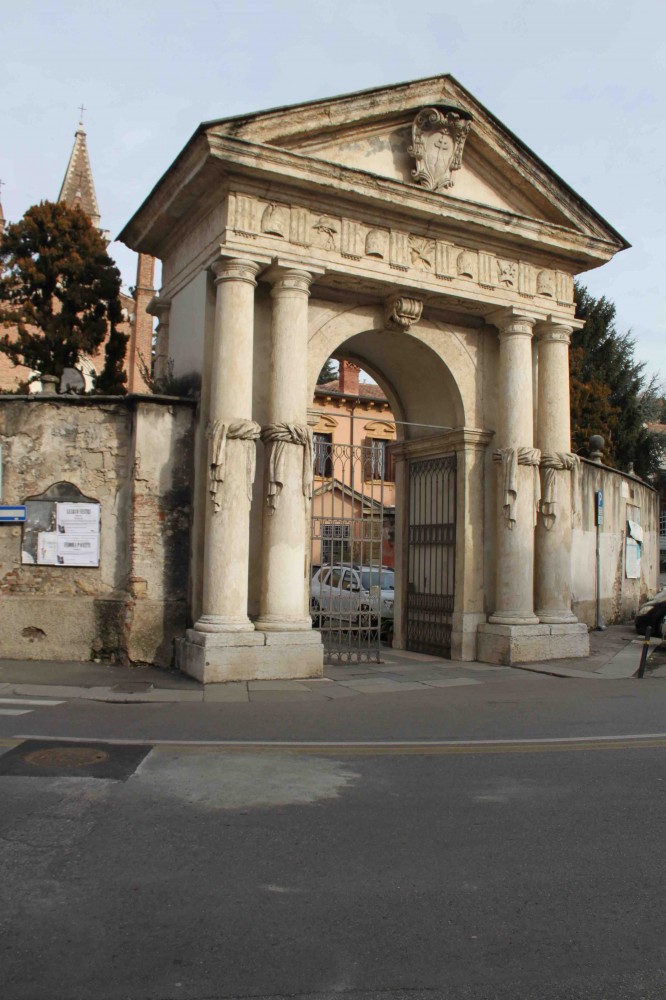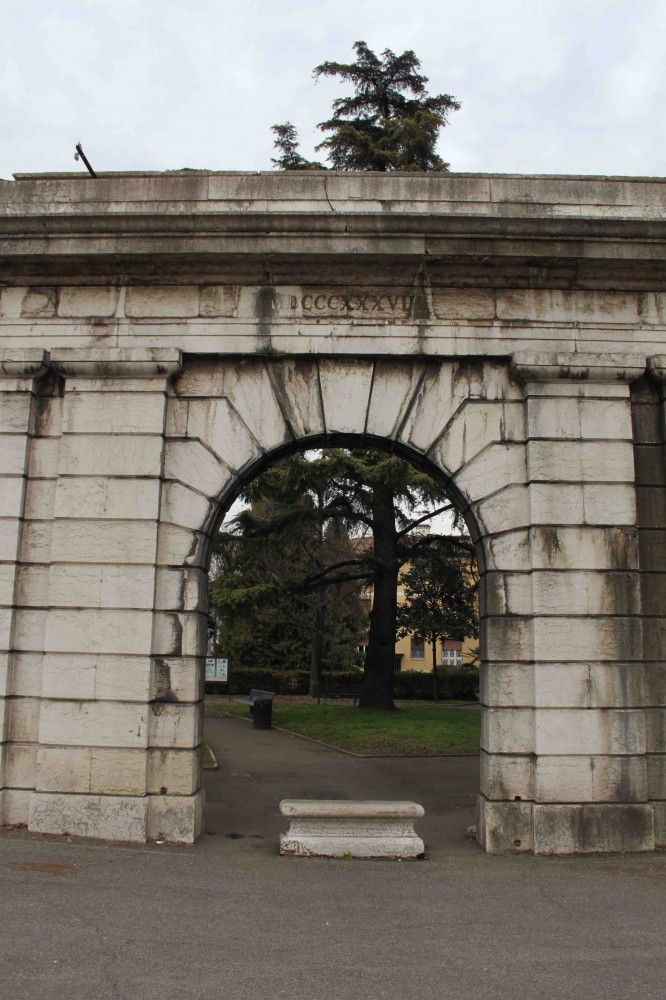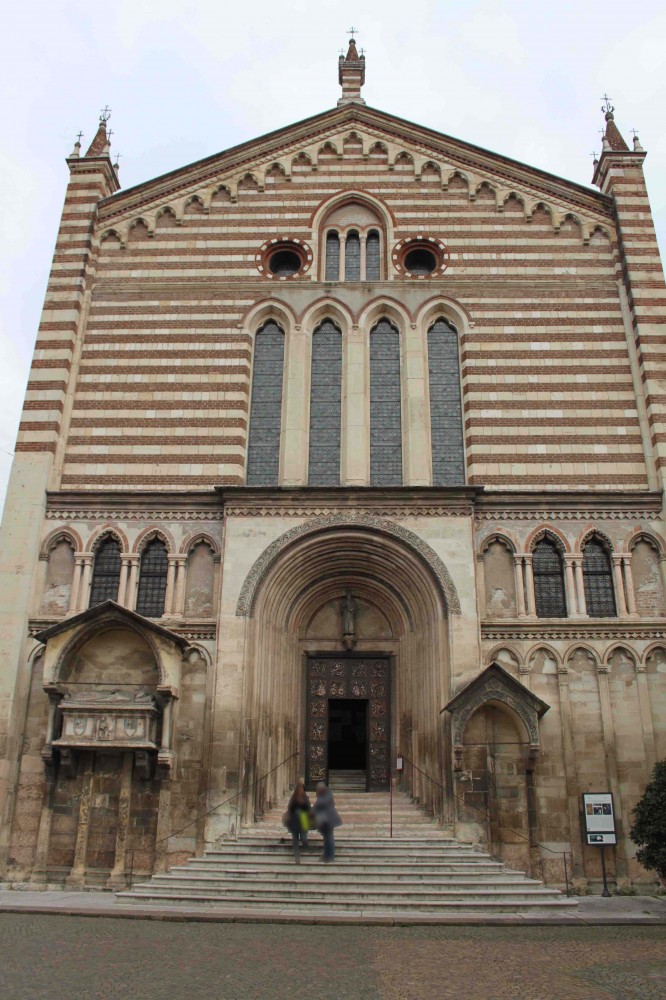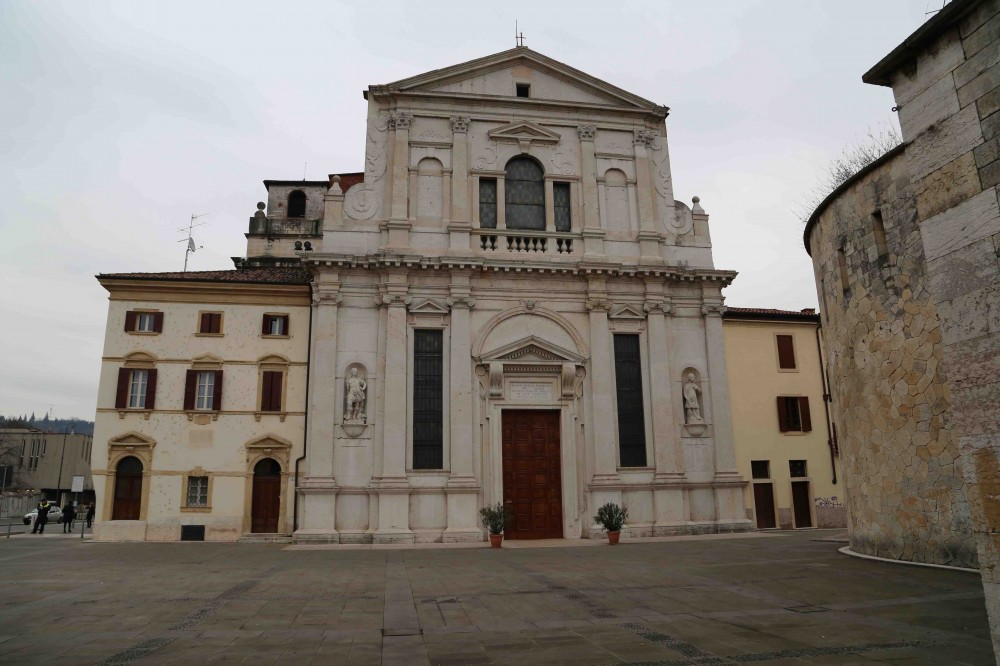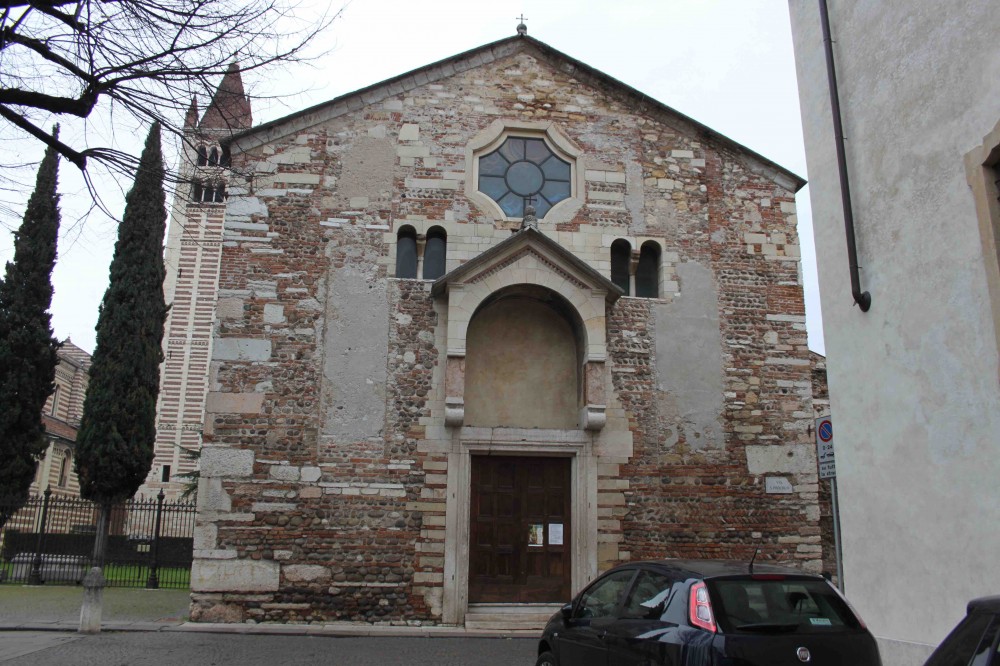Piazza Brà
Piazza Bra is so named for its size. The name derives from the Longobard word "Braida" or "large". Only in the Middle Ages was the square surrounded by walls, initially these only included the Amphitheater, and only from 256 AD The conformation in the square or popular meeting place began in the 16th century but only in 1770 was the first part of the paved sidewalk called "Liston" (a bourgeois meeting place) created. Until 1860 the square will see different conformations until it reaches the current state. At present it is possible to admire: To the North-West the "Liston" (1770), a Venetian term indicating a pavement composed of long slabs of marble that favors walking and bourgeois encounters. On the Liston you can admire the Honoriji palace. Work of the famous Veronese architect Michele Sanmicheli (finished around 1555). To the north the square is occupied by the Roman amphitheater called "Arena" built at the beginning of the 1st century. To the east is Palazzo Barbieri (1848), the current seat of the Municipality of Verona. Neoclassical palace, owes its name to the engineer who designed it. The rear rotunda was built in the last post-war period (1950). To the south the space is occupied by the Gran Guardia, a building begun in the Venetian era (1609) and finished under the Austrian domination of the city (1853). The palace was originally intended to serve as a venue for the Venetian troops. Portoni della Bra were built in the Viscontea period (around 1390) to complete a covered passage that would connect Castelvecchio to the walls through a wide moat. The building of the Verona Philharmonic Academy joins the door of the Bra and delimits the "Liston" with its gallery of columns.
























